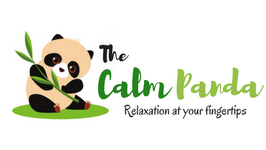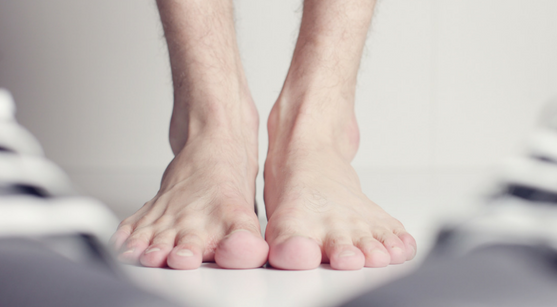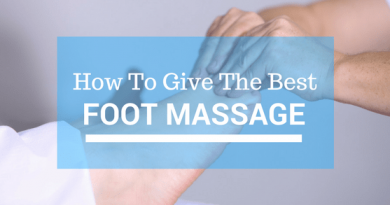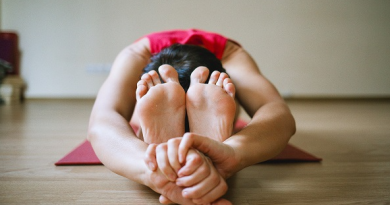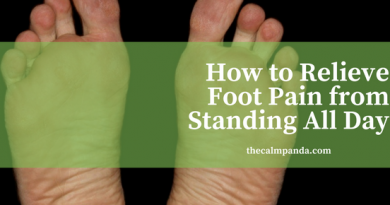How to Relieve Foot and Leg Pain From Standing All Day
Sitting too much doesn’t add years to your life, but neither does prolonged standing.
A study in Occupational and Environmental Medicine reveals that being on your feet all day is associated with increased risk of hospitalization due to varicose veins.
Another study, meanwhile, finds that standing at least five hours a day is linked to lower limb muscle fatigue, chronic back pain, and other musculoskeletal disorders.
You would think that standing is far less tiring and a lot safer than walking. However, the reality is the opposite. But why?
Why your feet and legs hurt after standing all day.
The truth is your feet and legs aren’t actually resting when you’re standing in one place. To keep you upright, your muscles have to work twice as hard to bear half of your body weight.
Unlike in walking wherein your feet are raised to give these muscles a break, your entire lower limbs are pressured to constantly work when you’re standing.
In addition to that, the blood tends to pool in your feet, ankles, and legs, making it difficult for your heart to pump it all back into the system.
As a result, your feet and leg muscles carry the burden, contracting as hard as they can to push all the blood back to the circulation.
For millions whose bread and butter rarely involves sitting, foot and leg pain is almost inevitable. But there are science-backed strategies to minimize, if not totally prevent, this discomfort.
7 Things To Do If Your Feet And Legs Hurt After Standing All Day.
Whether you’re a nurse, bartender, surgeon, bank teller, retail worker, or teacher, you can stave off the health hazards of standing by following these tips during and after your work shifts:
1. Wear the right shoe/shoe insert.
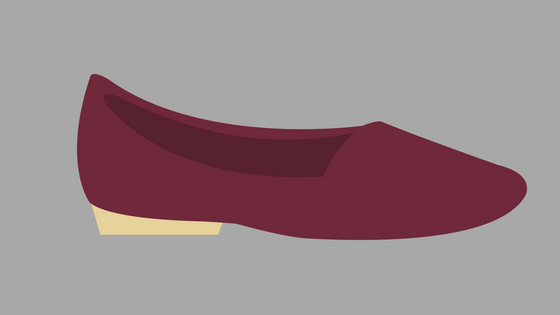
Never underestimate the power of ill-fitting shoes. Apart from blisters, they can also cut off circulation to your feet so bad that your tootsies will be screaming from pain.
The Occupational Health Clinics for Ontario Workers Inc. warns against wearing flat shoes and instead recommends those with heels measuring at least ¼ inch and no more than 2 inches.
When it comes to fitting, New York-based podiatrist Johanna Youner suggests to do it at the end of the day when your feet are naturally bigger. Doing so will give enough wiggle room to your feet when they’re swollen.
Shoes with great arch support are also recommended, specifically for those suffering from flat feet or plantar fasciitis.
If yours doesn’t have enough, you can buy a separate shoe insert in the form of insoles (for those with normal feet but in need of extra cushion) or orthotics (if you have foot abnormality that requires additional arch support).
2. Try compression stockings.
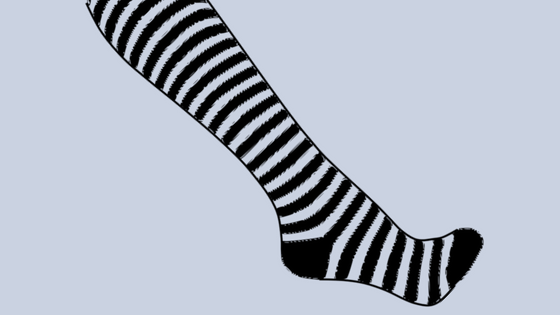
Gravity causes blood to pool in your feet and legs, distending your veins and increasing your risk of developing blood clots and other complications.
Since your heart alone isn’t enough to pump this blood, the muscles on your feet and legs contract to push it upward. If this continues, your muscles will not only swell but also get tired and painful.
One remedy that nurses like me are familiar with is the use of compression stockings. This specialized hosiery is tighter than your usual socks. Its purpose is to gently squeeze your leg muscles, stimulating blood flow and directing it back towards the heart.
In a 2002 study in the Phlebology Journal, female workers who spent a significant amount of time standing at work were asked to use compression socks. The subjects who wore the stockings experienced reduced leg pain, ankle swelling, night cramps, and leg fatigue.
3. Use anti-fatigue floor mats.
The type of floor surface you have at work also has a tremendous impact on your feet and legs.
A hard, flat, concrete floor, for example, has been associated with fatigue as it lacks cushion to protect your feet from pressure.
Fortunately, this problem can be averted by using a floor mat. In fact, there are commercially-available “anti-fatigue” mats specifically made for this purpose.
These mats are usually designed with sloped edges to avoid accidental slips. They also have a precise thickness that makes them neither too soft nor too hard.
In two studies published in Applied Ergonomics (2002) and Journal of Occupational Rehabilitation (2004), floor mats were tested on assembly workers who stand at their work for at least 8 hours a day.
The subjects found it more comfortable to stand on floor mats than on a hard floor, with its effectiveness described to be at the same level as using shoe inserts.
4. Establish sit-stand workstations and schedules.
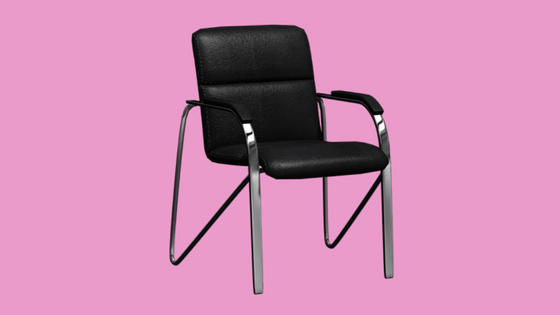
When the news broke out that sitting is the new smoking, many companies were quick to get rid of conventional desks. However, it didn’t take long before people realized that using standing desks is not the ultimate health miracle and that prolonged standing is just as dangerous as prolonged sitting.
The solution is a perfect balance of sitting and standing, neither of which should last more than 2 hours.
A study in Industrial Ergonomics shows that employees who work in offices with sit-stand adjustable furniture reported less average right foot swelling.
A related but more recent study in Ergonomics journal, meanwhile, shows that although no specific sit/stand schedule has been proven to be the most effective, more active break-time activities can positively lead to less foot swelling and muscle fatigue.
5. Stretch it out.
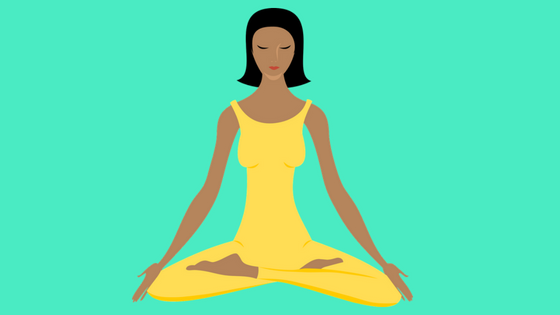
Stretching keeps the weight off your feet and calves, relieving the inflammation in the process. The New York Times mentions a study wherein 95% of women who performed simple stretching exercises for the plantar fascia and Achilles tendon reported improved function after 8 weeks.
The American Orthopaedic Foot and Ankle Society (AOFAS), on the other hand, recommends stretching as one of the first-line therapies for heel pain.
A “runner’s stretch” is one of the easiest exercises you can try at home.
Start by elevating your feet and legs, propping them up with a chair or pillow to reduce swelling.
Next, face the wall and place your hands on it. With one knee bent in front, extend and stretch the other leg behind you.
Push the heel of the extended leg to the floor as far as it can go. Hold for 10 seconds before switching to another side. Repeat on the sore heel up to 20 times.
Yoga is another effective way to stretch your calf muscles. The “legs up the wall,” for instance, not only targets your feet and legs but also the back muscles which also bear the brunt of standing all day.
6. Talk to a podiatrist.
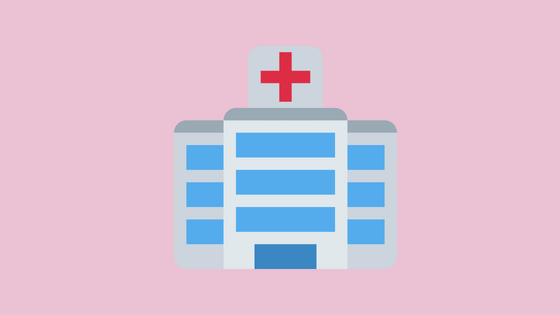
Foot and leg pain usually subsides after a few hours of resting or applying one or all of the remedies mentioned here. However, if the pain persists even if you’ve desperately tried every possible way to curb it, you’re more likely suffering from a more serious medical condition.
A podiatrist or foot doctor can help you diagnose what’s really causing the pain. It could be bone spurs, plantar fasciitis, or fallen arch–all of which make you more vulnerable to foot and leg pain after standing all day.
Especially if the pain is accompanied by numbness or tingling sensation, consulting with a medical professional can help prevent a simple discomfort from worsening into permanent disability.
7. Heal it through massage.
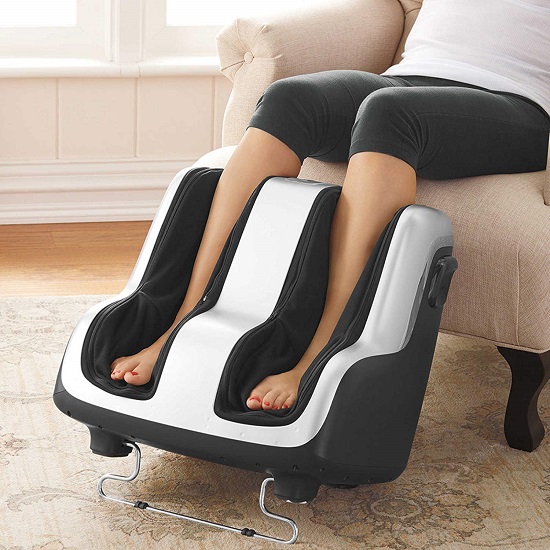
It’s hard to refuse a foot massage after 5 hours or so of standing. In addition to relieving pain, massage also triggers the release of feel-good chemicals in the brain called endorphins, making it an incredible stress buster.
This has been proven by two scientific research involving nurses, some of the most hard-working professionals who rarely have the luxury to sit at work.
In a study published in the Journal of Korean Academy of Fundamentals of Nursing, 52 students were assigned into two groups, one of which received foot massage once a day for three days. Those who got the massage experienced improved mood and significantly reduced fatigue symptoms.
Meanwhile, a related study in BMC Nursing measured how effective foot massage is when applied to nurses caring for people with dementia. Although more scientific work is needed to support it, the study shows that a relaxing foot rub can reduce anxiety and lower blood pressure among stressed-out, overworked nurses.
Foot massage can take many forms. Not having anyone around shouldn’t even be an excuse to not enjoy a foot rub.
By simply rolling your tired feet and calves over a golf ball, tennis ball, or a wooden foot massager, you can effectively release tight muscle knots and help your muscles heal faster.
You can also try an electric foot and calf massager which is designed to massage your lower limbs from feet all the way up to your knees at a click of a button.
